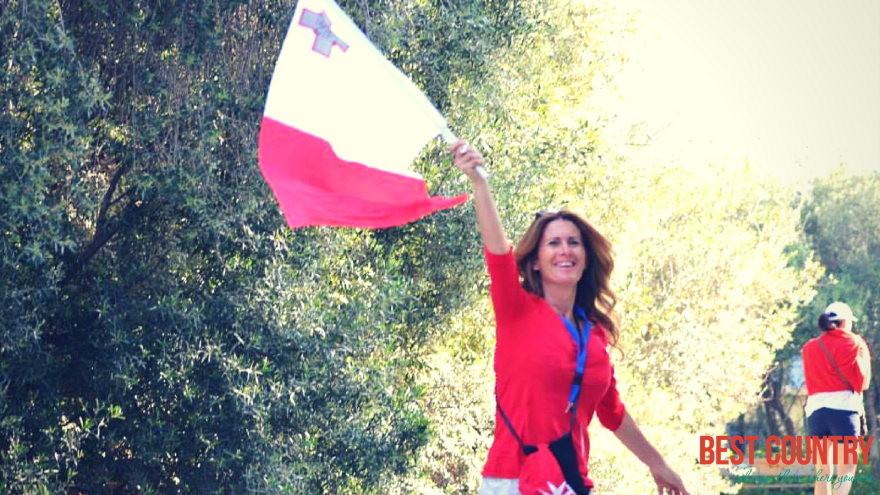Demographics of Malta

Inhabited since prehistoric times, Malta was first colonized by Sicilians. Subsequently, Phoenicians, Romans, Byzantines, Arabs in 870 CE who may have completely depopulated the islands but in 1224 were themselves expelled from Malta, Normans, Sicilians, Spanish, French and the British have influenced Maltese life and culture to varying degrees.
Roman Catholicism is established by law as the religion of Malta with 98%; however, full liberty of conscience and freedom of worship is guaranteed, and a number of faiths have places of worship on the island (rather small groups, a combined total of 2% of the people are Protestants, Eastern Orthodox, Muslims and Jews).
Malta has two official languages: Maltese (a Semitic language derived from Siculo-Arabic and heavily influenced by Sicilian and Italian), and English. Both languages are compulsory subjects in Maltese primary and secondary schools. A large portion of the population is also fluent in Italian, which was, until 1936, the national language of Malta. The literacy rate has reached 93%, compared to 63% in 1946. Schooling is compulsory until age 16.
Age distribution
Since 2000, the shift in the age composition towards an older population continued to materialise. In fact, the average age of the Maltese population increased from 38.5 in 2005 to 40.5 in 2011. This resulted from the increase in the number of persons aged 55 and over, together with a decrease in the number of persons under 25 years of age. The average in Gozo and Comino (41.6 years) was higher than that observed for Malta. Persons aged 65 and over more represent 16.3% of the total population in 2011, compared to 13.7% in 2005. In contrast, persons aged 14 and under make up 14.8% of the population in 2011, compared to 17.2% in 2005.